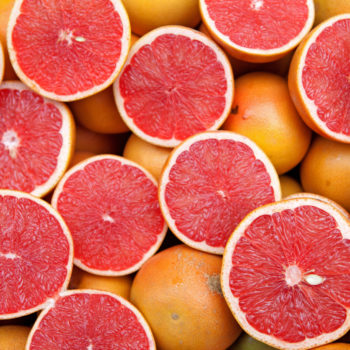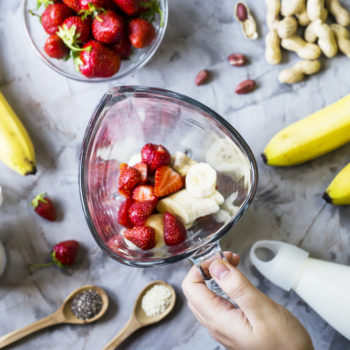Cheese is so common on our tables that it sometimes becomes the pass-par-tout of every meal, even for children. Is it better as a single course in the evening or at the end of a meal? Cool or seasoned? But above all: how much cheese should we eat? These are the questions we have asked Dr. Manuela Pastore, clinical dietician of the Health Directorate of the Humanitas Clinical Institute.
Apart from those who suffer from lactose intolerance or who do not eat lactose for other dietary or personal reasons, for everyone else cheese is often a dinner saver or becomes a “light and fast” option for lunch breaks. “Cheese is a good source of protein, calcium and vitamin D,” says the expert, “but also of saturated fats, salt (sodium) and cholesterol, which, if taken in large quantities, could be harmful to cardiovascular health. Due to its characteristics, cheese should never be used as an addition to a meal, especially if combined with another protein food. Cheese must be considered a real second course to be alternated with meat, eggs, fish, legumes and then used as a food added to a salad, for example, or pasta or rice, but always taking into account the frequency of weekly consumption and quantities.
Which cheeses should you include at the table?
“The cheeses to be preferred, range from sheep, to goat or cow cheese, are fresh ones such as ricotta, stracchino and mozzarella, where the amount of fat and salt is lower than that of mature cheeses because they contain more water. Feta, a cheese made from sheep’s milk, a small percentage of goat’s milk and rennet, is wrongly considered healthier than other semi-hard cheeses when in reality it has more or less the same nutritional values except for the higher sodium content. Sodium is stated on the nutrition label with the chemical symbol Na. To calculate the quantity of salt, multiply the milligrams of sodium by 2.5. The high sodium content may make it not recommended in some diseases, such as hypertension. The amount of sodium in feta is very high (about 1440 mg per 100g of product), very similar to that contained in a mature cheese such as Parmesan (about 1550 mg per 100g). Fresh ricotta and mozzarella, on the other hand, contain much less: 100g of ricotta contain about 80 mg of sodium, or almost 17 times less, while 100g of fresh mozzarella contain about 200 mg, or 7 times less (source: CREA). To reduce the fat intake, the light versions are only available for fresh cheeses. Instead, it is better to avoid products that on the label carry “food or cheese product” because they are part of ultra-processed foods that often also contain hydrogenated fats, preservatives and additives that recent studies (BMJ) have shown to increase the risk of cancer.
How much cheese to eat?
“Recommendations on how much cheese to eat may vary depending on many factors including nutritional needs and the presence of any clinical conditions that require different approaches. In general, we recommend a portion of cheese to be consumed twice a week. According to a recent review study, which took into account 15 previous studies that monitored about 200,000 healthy volunteers for 10 years, the daily consumption of 40g of cheese would also appear to have benefits for cardiovascular health. Pending confirmation of this data, a varied diet including all protein sources is recommended.



